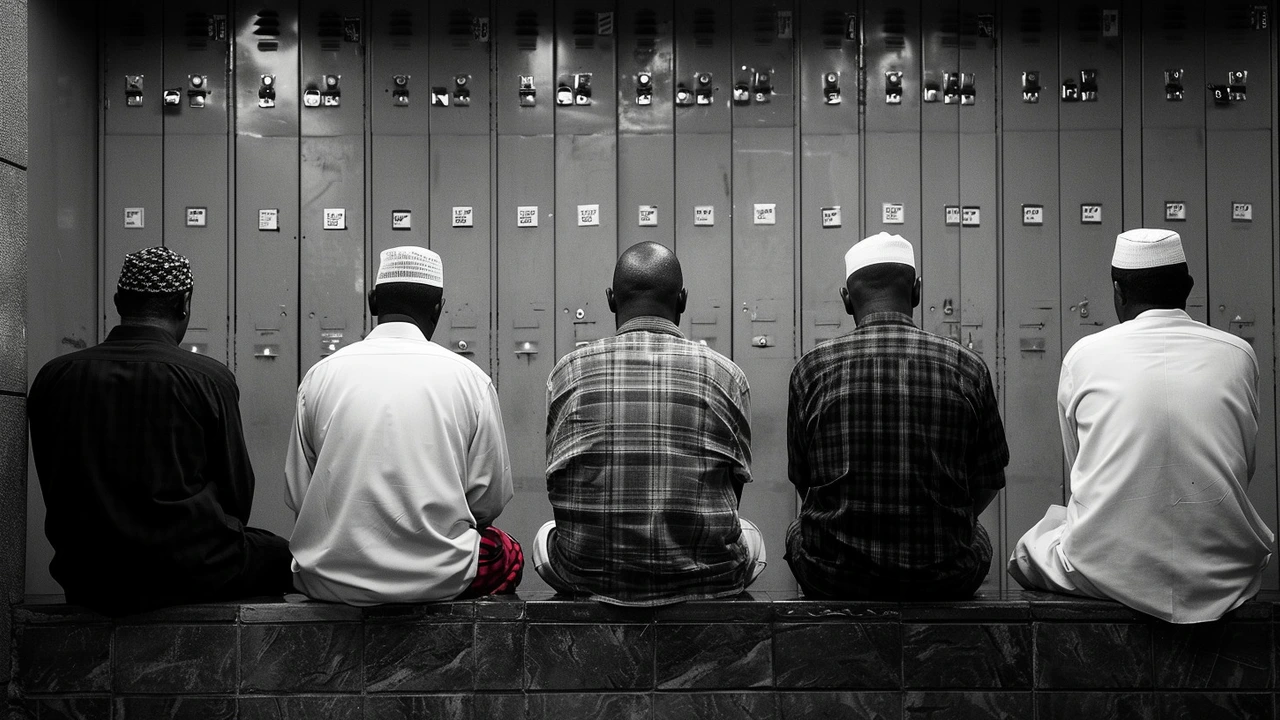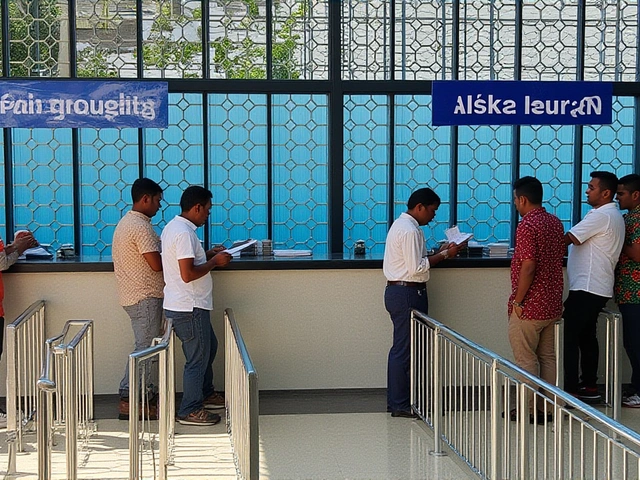Hajj: What You Need to Know Before You Go
Every year more than two million people gather in Mecca for Hajj — one of the largest religious gatherings on Earth. If you’re planning to go, you need clear, practical steps, not long theories. This guide lays out the rituals, the must-do preparations, and simple safety tips so you can focus on the pilgrimage itself.
Hajj is the annual Islamic pilgrimage to Mecca that takes place in the month of Dhu al-Hijjah. It’s required at least once for every Muslim who is physically and financially able. The pilgrimage lasts a few days but the full experience often covers a week of travel, rituals, and movement between Mecca, Mina, Arafat, and Muzdalifah.
The main rites happen in a specific order: enter Ihram (the state of consecration) and perform Tawaf (circling the Kaaba) and Sa’i (walking between Safa and Marwa). On the 9th of Dhu al-Hijjah pilgrims stand on Mount Arafat for prayers and reflection — this is the core of Hajj. After sunset, pilgrims move to Muzdalifah to collect pebbles and pray. The next days include the symbolic stoning of the pillars in Mina, the ritual animal sacrifice (or its local equivalent), hair cutting, and a final Tawaf in Mecca.
Before you go — a practical checklist
Get your passport and Hajj visa sorted well in advance; processing can take weeks depending on your country. Book flights and accommodation through a trusted travel agent or your mosque’s Hajj scheme. Confirm required vaccinations — meningitis and any country-specific jabs are common requirements. Buy travel insurance that covers emergency medical evacuation.
Pack light but smart: comfortable closed shoes, light layered clothing, a small first-aid kit, any prescription medicines, a reusable water bottle, sunscreen, and a lightweight power bank. Budget realistically: include flights, Hajj package fees, local transport, food, tips, and an emergency fund. If you have health issues, get a doctor’s note and speak to your Hajj operator about extra support.
During Hajj — stay safe, focused, and respectful
Crowds are massive. Move with a group or guide, keep ID and emergency contacts on you, and agree on meeting points with your travel companions. Heat and dehydration are real risks—drink water often, rest in shade, and avoid midday sun when you can. Wear simple, modest clothing that breathes and a hat or head cover for extra sun protection.
Use your phone for maps and timing but keep a paper copy of important documents in case batteries die. Follow instructions from Saudi authorities and your group leader — they manage crowd flow and safety. Be mindful of local rules and the spiritual focus of the pilgrimage: limit social media use during key rites so you can stay present. Consider sustainable choices: reusable bottles and minimal single-use plastics help reduce waste in crowded holy sites.
Continental Scout Daily reports on Hajj developments affecting African pilgrims, from travel updates to health advisories. If you’re coming from Africa, check embassy notices and local community groups for tailored guidance before you leave.
The Interior Cabinet Secretary, Kithure Kindiki, has declared Monday, June 17, 2024, a public holiday for Eid-ul-Adha. This decision, announced through a gazette notice, aligns with the Public Holidays Act. Eid-ul-Adha honors Prophet Ibrahim's sacrifice and concludes the annual Hajj pilgrimage to Mecca.
Recent-posts
Aug, 3 2024






